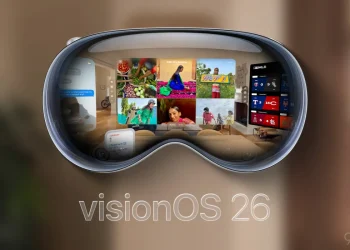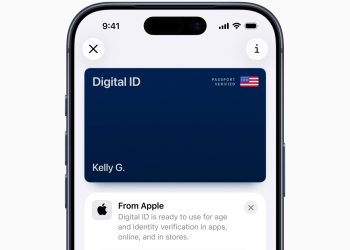A new era of Android iPhone file sharing has officially begun. Google has announced a groundbreaking integration that allows its Quick Share feature to work directly with Apple’s AirDrop protocol. This long-awaited compatibility starts rolling out today, promising a seamless way to transfer files between the two mobile ecosystems.
For years, sharing photos, videos, and documents between Android and iPhone users has been a fragmented experience. This move directly addresses a universal user demand for simpler, more reliable cross-platform connections. It represents a significant step in breaking down the walls between operating systems.
How the New Cross-Platform Sharing Works
The new system bridges Google’s Quick Share and Apple’s AirDrop. Consequently, users will be able to initiate a transfer from an Android device and send it directly to a nearby iPhone, and vice-versa. The process is designed to be intuitive and fast.
This integration launches first on the Pixel 10 family. Google typically rolls out new features to its flagship devices before expanding to other Android manufacturers. Therefore, we can expect this functionality to reach more Android phones in the coming months.
Security Built on a Strong Foundation
Google emphasized that it developed this Android iPhone file sharing capability with a core focus on security. The company implemented strong safeguards to protect user data during transfer. Furthermore, independent security experts rigorously tested these protections to ensure privacy and security for all users.
A Broader Push for Operating System Compatibility
This new Android iPhone file sharing feature is not an isolated effort. Instead, it is part of a broader industry trend towards better interoperability. Google specifically highlighted its previous work in this area.
The company has been a driving force behind the adoption of Rich Communication Services (RCS) in Apple’s iMessage. This provides a better, more modern messaging experience between Android and iPhone. Additionally, Google collaborated with Apple to develop an “unknown tracker alert” system. This helps users detect if an unfamiliar Bluetooth tracking device, like an AirTag, is moving with them.
These collaborative efforts signal a positive shift. Tech giants are increasingly prioritizing user experience over strict platform loyalty. This new Android iPhone file sharing capability is perhaps the most tangible example of this progress yet. For more details on the technical specifications, you can read about the Nearby Share protocol that powers this feature.
What This Means for Users
The implications of seamless Android iPhone file sharing are significant. It eliminates a major point of friction in daily digital life. Sharing vacation photos with a family group chat or sending a large work document to a colleague will no longer require asking “What phone do you have?”.
This development ultimately fulfills a core principle of technology: connectivity. By making Android iPhone file sharing a reality, Google and Apple are acknowledging that our digital experiences should be defined by shared moments, not by the brand of device in our pockets.












